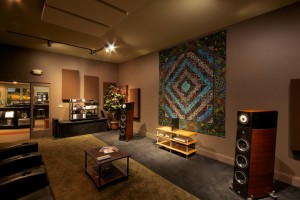 Creating the perfect home audiophile listening room is about more than just high-end speakers and amplifiers. The way sound behaves in your space is just as critical as the quality of your audio system itself. A good home audio setup with proper audiophile room treatment ensures that you hear your music with the most accuracy and clarity possible by addressing room acoustics, speaker placement, and strategic use of all types of high-quality acoustic panels: absorbers, diffusers, and bass traps.
Creating the perfect home audiophile listening room is about more than just high-end speakers and amplifiers. The way sound behaves in your space is just as critical as the quality of your audio system itself. A good home audio setup with proper audiophile room treatment ensures that you hear your music with the most accuracy and clarity possible by addressing room acoustics, speaker placement, and strategic use of all types of high-quality acoustic panels: absorbers, diffusers, and bass traps.
A great example is Michigan’s premier Audio/Video/Home Theater dealer: Overture Audio (click for full story).
Speaker Placement for an Optimal Soundstage and Accurate Bass Response
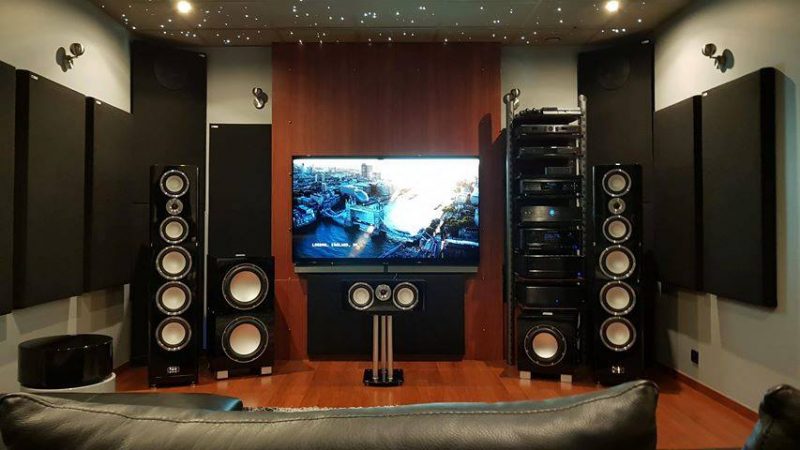 How to set up a great hi-fi listening room or home theater, like with a recording studio, starts with proper speaker positioning. Correct placement enhances stereo imaging, ensures proper frequency balance, and reduces unwanted room reflections during playback. A bit of DIY experimentation in the room can really help get things dialed in. If it’s a dedicated listening room we can prioritize placement exactly where needed, but even in a living room or shared living space, we can experiment with loudspeaker placement to optimize the sound. Depending on the specifics of your gear, other equipment and amp placement are also part of the strategy.
How to set up a great hi-fi listening room or home theater, like with a recording studio, starts with proper speaker positioning. Correct placement enhances stereo imaging, ensures proper frequency balance, and reduces unwanted room reflections during playback. A bit of DIY experimentation in the room can really help get things dialed in. If it’s a dedicated listening room we can prioritize placement exactly where needed, but even in a living room or shared living space, we can experiment with loudspeaker placement to optimize the sound. Depending on the specifics of your gear, other equipment and amp placement are also part of the strategy.
Good stereo imaging is one aspect of speaker placement, but the effect on bass response is less understood. Poor placement can result in SBIR (Speaker Boundary Interference Response) issues, causing dips and peaks in low frequencies due to sound waves reflecting off nearby surfaces and interfering with direct sound. To avoid these issues:
- Avoid placing speakers in the SBIR ‘danger zone’. Unless your speakers have special considerations (as with dipoles), it’s usually best in small rooms to have the speakers either right up against the wall, OR at least 3-4’ away from the front wall. Having the speakers between those two distances often creates the worst SBIR problems.
- Create an equilateral triangle with the listening position. Your speakers should be positioned so that the distance between them is roughly equal to the distance to your listening position.
- Toe-in your speakers slightly. Angling your speakers toward the listening position helps focus the stereo image and improves clarity. This effect can be quite subtle depending on the dispersion characteristics of your speakers.
- Keep speakers away from side walls. Placing speakers too close to the side walls can also introduce SBIR issues from the width dimension.
- Use stands or isolators. If using bookshelf speakers, elevate them with proper stands or isolation pads to reduce vibrations and enhance clarity.
For more information on speaker placement, check out our in-depth guide here.
Click here to read our full article on Monitor Positioning.
Finding the Ideal Listening Position
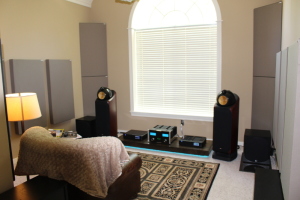 SThe listening position is just as important as speaker placement. Sitting in the wrong spot can place you in null points, where low frequencies cancel out, causing a thin or unbalanced bass response. To optimize your listening position:
SThe listening position is just as important as speaker placement. Sitting in the wrong spot can place you in null points, where low frequencies cancel out, causing a thin or unbalanced bass response. To optimize your listening position:
- Avoid sitting in the exact center of the room. This is typically where bass nulls are strongest, leading to an unbalanced sound.
- Place your seat at about 38% of the room’s length as a starting point. This rule of thumb is likely to place you in an area with smoother low-frequency response.
- Adjust for symmetry. Your seat should be positioned so that both speakers have equal distances to side walls, ensuring a balanced stereo image. In general, if the room itself is symmetrical, then you’ll get the best performance if the setup is also symmetrical.
- Experiment with distance from the back wall. Sitting too close to the back wall can result in excessive bass buildup due to boundary reflections from that length dimension.
Types of Acoustic Treatment
Once your speakers and listening position are dialed in, the next step is acoustic treatment. A properly treated hi-fi listening room will reduce early reflections, control low frequencies, and create a well-balanced soundstage with just the right amount of reverberation.
Bass Traps for Low-Frequency Control
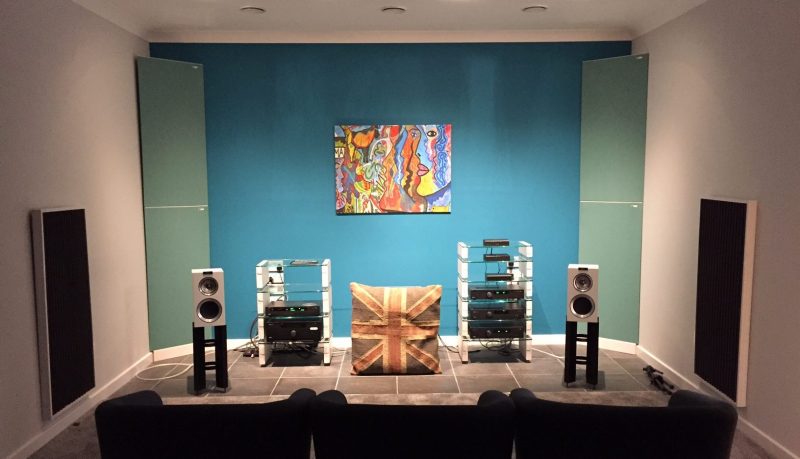 Bass traps are essential for managing low frequencies and preventing room boominess from SBIR issues, room modes, or other inconsistencies. Bass builds up in the corners of the room, making these the most effective locations for treatment.
Bass traps are essential for managing low frequencies and preventing room boominess from SBIR issues, room modes, or other inconsistencies. Bass builds up in the corners of the room, making these the most effective locations for treatment.
- Corner Bass Traps: Treat all four vertical corners, or at minimum, the front two corners, to absorb low-end energy. This is important for all audio systems but especially for large speakers and subwoofers with plenty of low-end extension.
- Back Wall: The back wall is another critical spot for bass trapping, as it prevents low-frequency reflections from interfering with the direct sound. This is also a great place to start with diffusion.
- Floor-to-Ceiling Trapping: If possible, stack low-frequency devices from floor to ceiling in corners for maximum absorption.
Absorption Panels for First Reflection Points
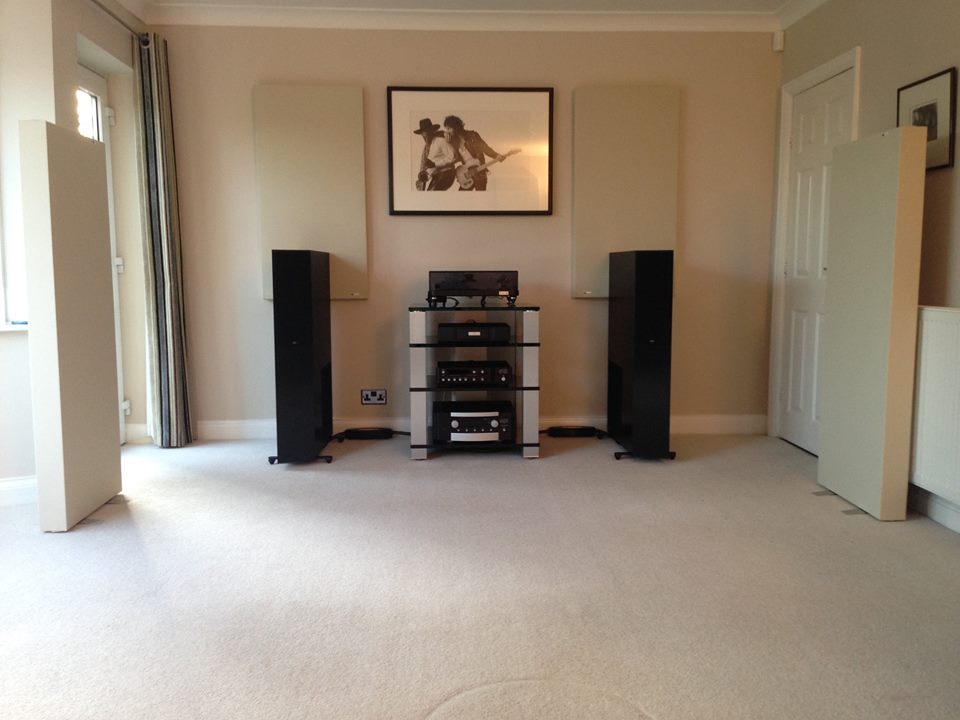 Absorbers are used to control early reflections, which can distort stereo imaging and create an unbalanced sound. The key areas to treat include:
Absorbers are used to control early reflections, which can distort stereo imaging and create an unbalanced sound. The key areas to treat include:
- Side Walls: Placing sound absorbing panels at the first reflection points ensures that sound waves don’t bounce directly back to the listening position, which can cause comb filtering, imprecise stereo imaging, and harshness in the critical midrange and at high frequencies.
- Ceiling Cloud Panels: A ceiling cloud placed between the listening position and speakers minimizes reflections from above, completing the reflection-free zone.
- Back Wall Absorption: The back wall should also have treatment to prevent strong reflections that can muddy the sound. Both bass trapping and diffusors are important on the rear wall.
Diffusion for Spaciousness and Natural Ambience
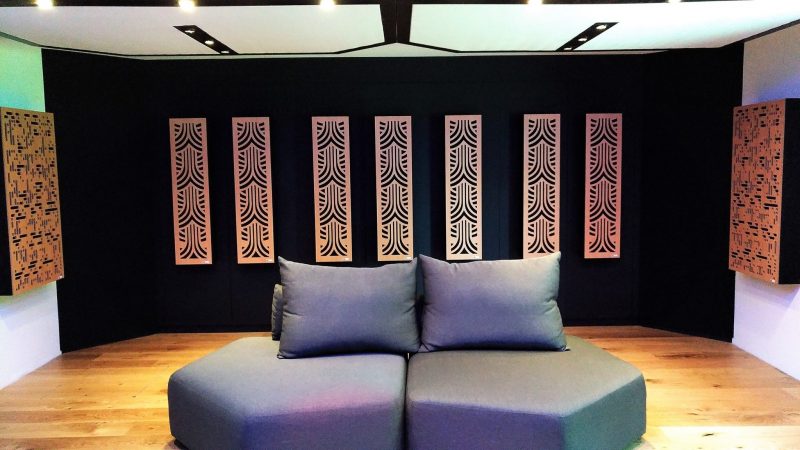 While broadband absorption controls reflections and thicker absorbers tame low-end buildup, diffusers scatter sound waves evenly across the room, preserving a sense of openness and neutrality.
While broadband absorption controls reflections and thicker absorbers tame low-end buildup, diffusers scatter sound waves evenly across the room, preserving a sense of openness and neutrality.
- Rear Wall: Diffusers on the back wall prevent harsh reflections while keeping the room lively. Here, the speakers fire directly into the diffusors for the best overall effect.
- Side Wall: If space allows, scattering on the side walls behind the listening position can maintain a more natural sound without over-damping the room.
- Ceiling: In rooms with high ceilings, diffusion on the ceiling away from reflection points can prevent flutter echoes while keeping the space airy.
Front Wall: Diffusor panels on the front wall are common and can help the space feel more natural while inside it. The scattering effect is more pronounced if the main speakers are dipoles or if you have a multichannel surround setup.
We’ve already addressed the Basics of Room Setup, so click on this article to find out more.
When In Doubt, Ask For Help
A properly treated audiophile listening room dramatically improves sound quality, allowing your audio system to perform at its full potential. By optimizing speaker placement, setting the listening position correctly, and strategically placing bass traps, absorbers, and diffusers, you can create a listening space that delivers an immersive and pristine sound experience.
Get started with GIK Acoustics’ professional room treatment solutions today, and use our Free Advice Form to have a GIK Acoustics Designer help you with your room!
For a prime example of treating a 2-channel listening room, read about Ivan Messer (click here) who has “one of the best-sounding rooms in the U.S.”
Frequently Asked Questions (FAQ)
Do I need to treat all walls in my listening room?
While full-room treatment is ideal, focusing on first reflection points, corners, and the back wall will yield the most noticeable improvements. Performance is mostly about coverage area, so getting as many square feet of treatment into the room as we can should be a priority, but also placement and selection is a big part of performance.
What’s the difference between absorption and diffusion?
Absorption removes sound energy from the room, reducing reflections and reverb. Diffusion scatters sound waves, which reduces some of the problems from reflected sound while also keeping some of the energy inside the room for a more natural sense of spaciousness.
How do I know where the first reflection points are?
Use the mirror trick—place a mirror against the side walls and move it until you can see the speakers from the listening position. This marks the best spot to start with placing absorption panels.
Can I use acoustic foam instead of professional panels?
Acoustic foam is not effective for low frequencies. Treatments made from dense materials like fiberglass or rock wool provide significantly better low-end absorption and more balanced sound overall.
Should I place bass traps in all four corners?
Yes, for the best low-frequency control, traps should be placed in as many corners as possible, preferably stacked from floor to ceiling.




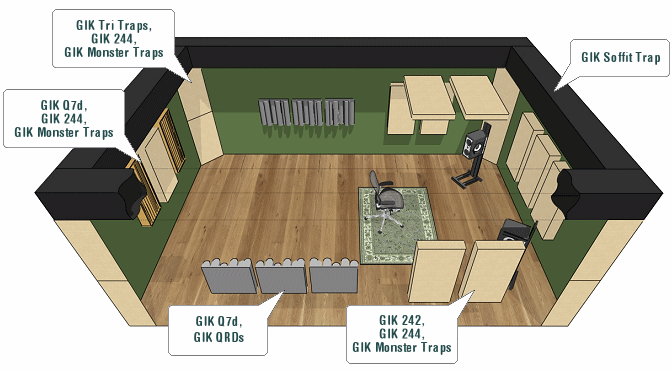

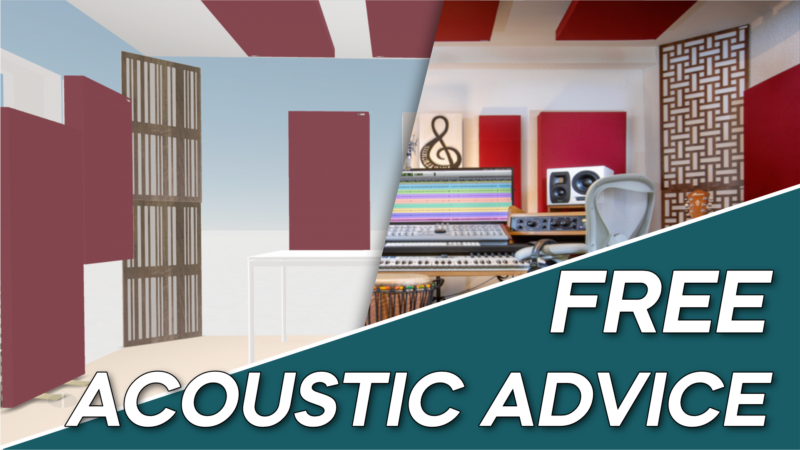
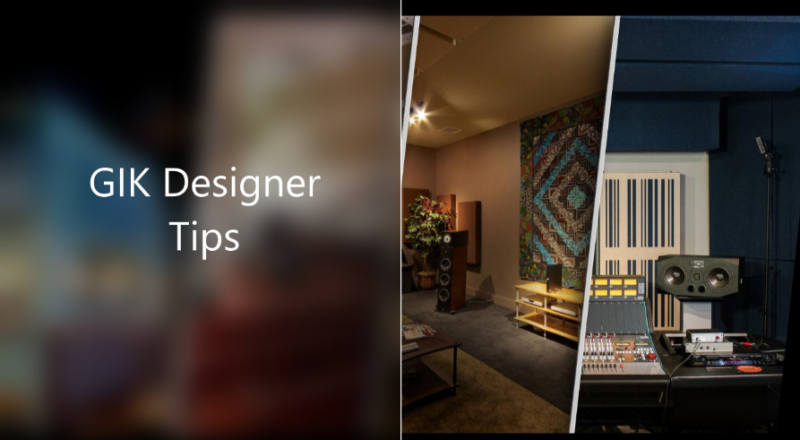


I am interested in designing a music and possibly theater room from the garage up. Can you suggest a design that lends itself to the best sound, and then a system that I can build on if I have overspent on the room itself?
Hi Robin, yes we can help with your music and theater room! Best way is to get in touch with me so we can go over the details of your room. Thanks!